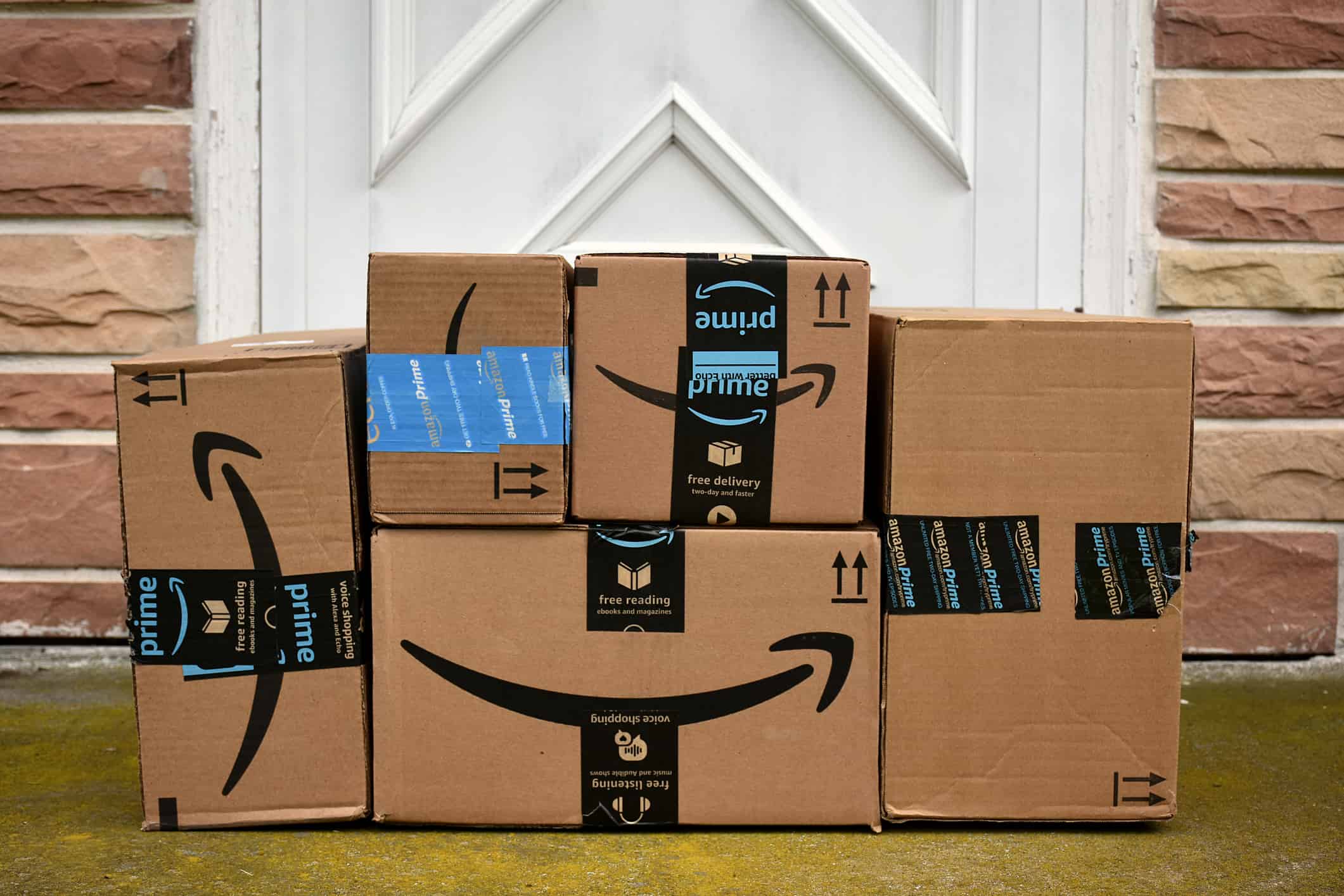GUEST EDIT: HOW INDEPENDENT RETAILERS CAN COMPETE WITH AMAZON


Once upon a time not so long ago, the biggest worry we as retailers had was that the store down the street might carry the same vendors. Heaven helps us if they had the nerve to sell them for a few dollars less. Fast forward to 2020 and those concerns pale in comparison to what the independent retailer contends with today. What retailer on planet earth wouldn’t take the competitive challenges of yesteryear versus dealing with today’s internet-driven issues?
Dream turned into nightmare
Consider the following scenario. You are at market and discover what you believe will become a “hot” line for your store. You are promised “exclusive” rights to the line in your trading area to give you an opportunity to develop the brand. Your customers love the line and your competitors are chomping at the bit to buy it should the opportunity present itself. All is good until one day you discover (or worse yet, a customer does) that the same hotline is being sold on Amazon and/or Zappos. Needless to say, that’s a problem since now all the customer has to do is open a search engine on any device and see the same item that you carry and more. You try to convince yourself that your customers will shop locally and support your store. That all sounds good until the price changes. Now the same item is available, in some cases, for 30-60% less than you are selling it for, the shipping is free, and the item arrives at the customer’s doorstep the next day. Sorry, but that customer loyalty thing just went out the window.
OK, so you accept the fact that you now must compete with Amazon. But wait, there’s more, as the commercial goes. You now discover that the new line you just bought for your store features the very same styles that are on their website. And they’re NOT directing customer inquiries back to you, they are selling directly to the retail customer–YOUR customer! If that isn’t enough, some vendors are starting their own “rent the runway” type services. One store that I work with notified me that items she had in her store for only four weeks could be found on the vendor’s rented site. Her initial reaction was to cancel all future orders from the vendor. Who could blame her? The reality of the situation, however, is that she would have to replace the merchandise with something else and that isn’t always that simple.
As if business for the independent retailer isn’t already challenging enough. Now the competition isn’t just the store down the street, but the vendor you thought you were partnering with to build a mutually beneficial relationship. Think again.
MAP pricing
You agreed that you would not advertise a price below the Minimum Advertised Price (MAP) until a certain prespecified date. If you get discovered going against the agreement you will most likely incur the wrath of the vendor via a stern warning at least and losing the line at worst, should the practice continue. But what happens when the vendor violates his own policy? Not much as it turns out, and it happens all the time.
What you can do
Having collaborated with both retailers and manufacturer’s representatives, a few proactive options are offered for consideration.
- Search out resources that do not sell on Amazon or other shopping sites.
- Ask potential vendors if they sell direct to the customer from their own websites.
- If the same items are found on a vendor’s site or on Amazon, you will most likely need to reduce your retail price to remain competitive. Ask that the vendor make up the difference in markdown money. Not a credit toward next season’s purchases- a check!
- You may wish to return the unsold items to the vendor. I also believe you would be justified in charging freight back to the vendor. Obviously, this is costly not only from a time standpoint but also the opportunity costs since you now have to find a replacement for the items in question.
- Should the practice continue, you can always reduce or cancel current and future orders. This is easier said than done since in some cases it is difficult to replace the volume generated by major lines.
- With regard to apparel lines, creating a private label program should be considered. A store label promotes the store name and brand and helps shield the retailer against online comparison.
- Know your numbers on each brand you carry. This is especially important if the brand is selling through distribution channels that are in direct competition with you. If a brand becomes unprofitable, it is your responsibility to work with the vendor to find a mutual solution. If a satisfactory outcome cannot be reached, there are only two choices available to you 1) maintain the status quo and remain unprofitable or 2) find a replacement for the brand.
- Have written vendor agreements in place with specified end of season gross margin targets as well as liberal stock balancing and return privileges on slow-selling merchandise.
- With regard to MAP violations, once the vendor is in violation of their own policy, on what grounds would it still be enforceable with a retailer?
- Vendors, at the very least, should offer discounted merchandise to their retailers first, prior to liquidating using alternative methods.
This topic is most certainly the elephant in the room among retailers I consult with. Given all of the pressures facing the independent retailer today, competing with their vendors for the same customer should not be among them. Something has got to change before these dangerous vendor practices damage the independent retail community irreparably if they haven’t already.
—
(Ritchie Sayner is with Advanced Retail Strategies LLC, an affiliate of merchandise planning company Management-One. He can be reached through the website www.advancedretailstrategies.com or by email at ritchie@arsotb.com)



Finally!
No one owner/customer could make this work, but there is power in numbers – I hope. What about work with NSRA, or for Licensees an owners group to develop or incorporate standard agreement to address these issues. Could be added to Vendor’s credit application or used as addendum to vendor/customer agreements.
I suggest NSRA as they make available/negotiate shipping agreements for small retailera, why not this as well.
Happy Thanksgiving.
RS- I agree completely. This is a topic which could and should be considered during the NSRA national conference. I have urged them to do so for several years, but they choose to neglect this idea.
This is the great elephant.
You are 100% correct. If we work together we have a chance, I would like to see a mock up vendor agreement to bring to all of my meetings. It may help the end of season issues that arrive every year when they go off map and I cannot. I have had an issue with a vendor this season, there only recourse was to swap out for styles I did not carry in season. If I did not think they were the best fit before the season, why would they be better now. I am now stuck with pairs I can’t sell. All I asked for was to spend equal dollars on product I know I could sell, where I had history. I lost as most indies do these days.